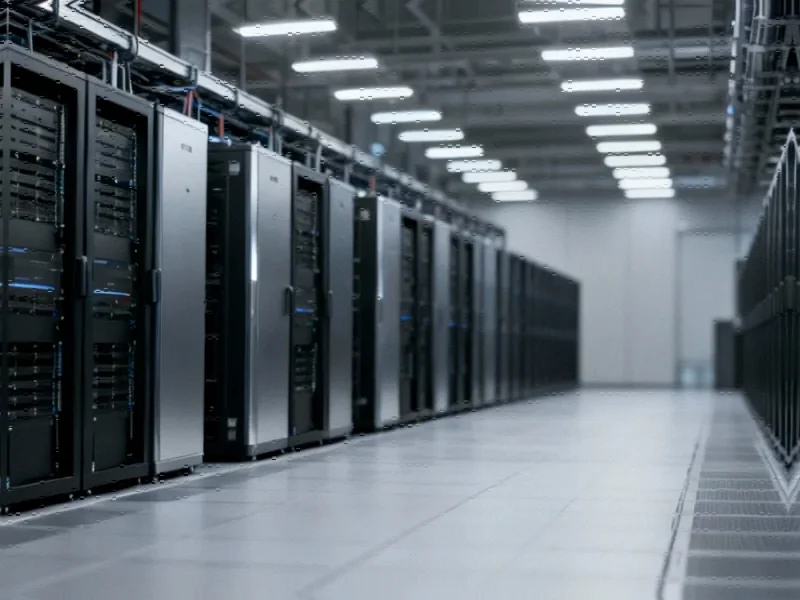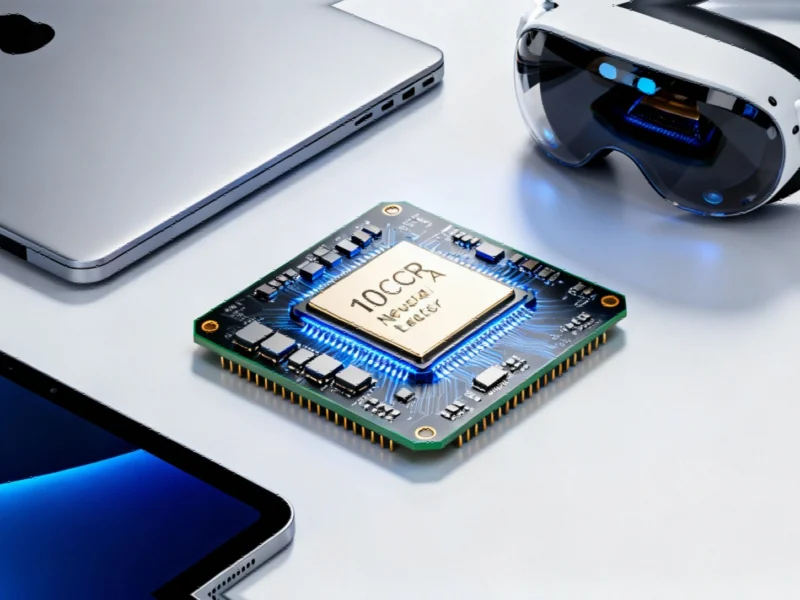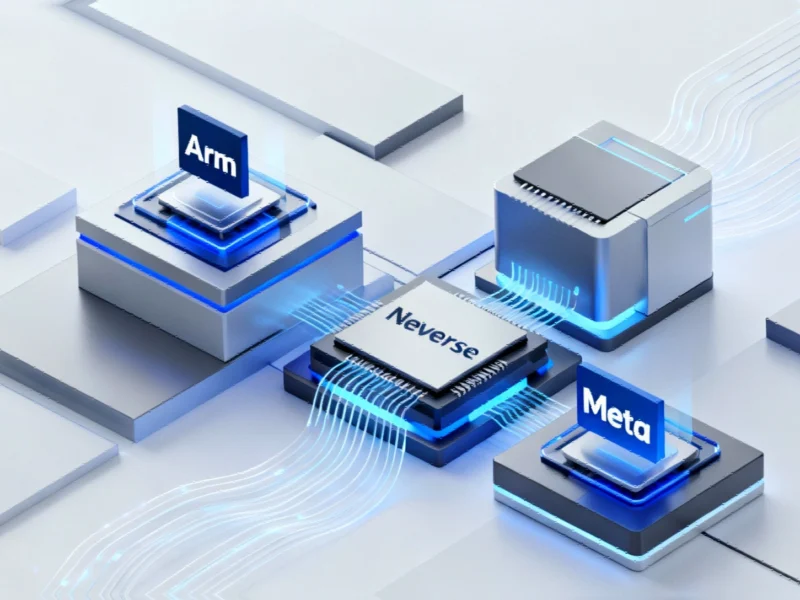The Unseen Infrastructure Powering AI’s Evolution
While much of the AI conversation focuses on software breakthroughs and model architectures, the physical infrastructure enabling this revolution is experiencing its own remarkable transformation. South Korea’s ISU Petasys, a specialized multi-layer PCB manufacturer supplying critical components to AI server giants including Alphabet, Nvidia, and Microsoft, has seen its stock valuation skyrocket 215% year-to-date. This explosive growth represents more than just market speculation—it signals a fundamental shift in how the industry values the physical backbone of artificial intelligence.
The company’s specialized printed circuit boards form the nervous system of advanced AI servers, requiring exceptional thermal management, signal integrity, and power distribution capabilities. As AI models grow increasingly complex and computationally intensive, the demand for sophisticated PCB solutions has created a specialized niche where technical expertise commands premium valuation.
Technical Excellence Meets Market Timing
ISU Petasys’ remarkable performance stems from its positioning at the intersection of several converging trends. The AI industry’s insatiable demand for computational power has created unprecedented requirements for high-density interconnect PCBs capable of handling extreme thermal loads and maintaining signal integrity across complex multi-layer designs. Industry analysts note that the company’s technical capabilities in producing these specialized components have positioned it as a critical supplier during a period of explosive AI infrastructure growth.
Recent coverage of ISU Petasys’ stock performance highlights how specialized manufacturing expertise is becoming increasingly valuable in the AI ecosystem. The company’s ability to meet the exacting standards of leading technology firms demonstrates how hardware innovation remains essential despite the software-centric nature of AI development.
The Human Learning vs Machine Learning Divide
As the physical infrastructure for AI expands, questions about the fundamental capabilities of artificial intelligence continue to generate thoughtful discussion. Former OpenAI researcher Andrej Karpathy recently offered nuanced perspectives on why current large language models differ fundamentally from human learning processes. His evocative description of reinforcement learning as “sucking supervision bits through a straw” captures the inefficient, reward-driven nature of current training approaches compared to human cognitive development.
This technical insight resonates with broader industry developments exploring the limitations and possibilities of artificial intelligence. The gap between human contextual understanding and machine pattern recognition underscores why specialized hardware remains critical—current approaches require massive computational resources to approximate certain aspects of human intelligence.
Broader Industrial and Technological Context
The success of specialized manufacturers like ISU Petasys occurs against a backdrop of significant industrial infrastructure investment across multiple sectors. As companies modernize their operations and embrace digital transformation, the demand for advanced computing components extends beyond traditional technology applications into manufacturing, healthcare, and other industrial domains.
Simultaneously, innovations in adjacent fields continue to demonstrate the interconnected nature of technological progress. Breakthroughs in medical diagnostics and user interface design reflect how computational advances in one domain often enable progress in others. The PCB manufacturing expertise that powers AI servers shares technical challenges with these diverse applications, particularly regarding reliability, miniaturization, and thermal management.
Global Regulatory and Environmental Considerations
The technology sector’s growth occurs within an increasingly complex global landscape. Recent international regulatory actions demonstrate how geopolitical factors can influence technology supply chains and manufacturing ecosystems. For specialized component manufacturers, navigating these complexities requires both technical excellence and strategic foresight.
Environmental considerations also play a growing role in industrial planning, particularly as coastal infrastructure faces evolving challenges. The technology manufacturing sector must balance explosive growth with sustainable practices, especially as climate-related risks potentially affect global supply chains and production facilities.
The Future of AI Hardware Specialization
ISU Petasys’ remarkable market performance suggests that investors recognize the strategic importance of specialized hardware in the AI ecosystem. As artificial intelligence continues to evolve, the physical components that enable these systems will likely face increasing performance demands, creating opportunities for manufacturers with specific technical capabilities.
The current landscape reflects a broader recognition that AI advancement depends on both algorithmic innovation and physical infrastructure. Companies that can deliver the specialized components required for next-generation AI systems position themselves at a critical junction in technology’s ongoing evolution—where computational demands continue to outpace conventional solutions, requiring increasingly sophisticated physical implementations.
The intersection of specialized manufacturing and artificial intelligence represents one of the most dynamic areas of technological development, with implications extending across multiple industries and applications.
This article aggregates information from publicly available sources. All trademarks and copyrights belong to their respective owners.
Note: Featured image is for illustrative purposes only and does not represent any specific product, service, or entity mentioned in this article.



